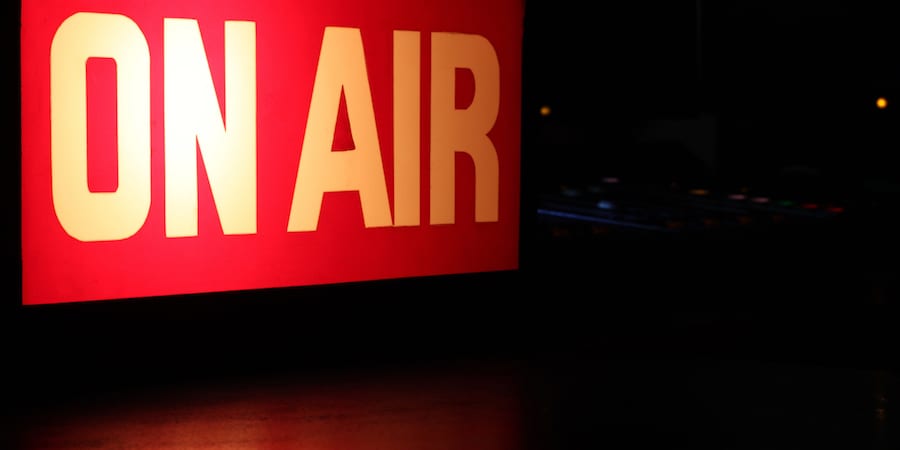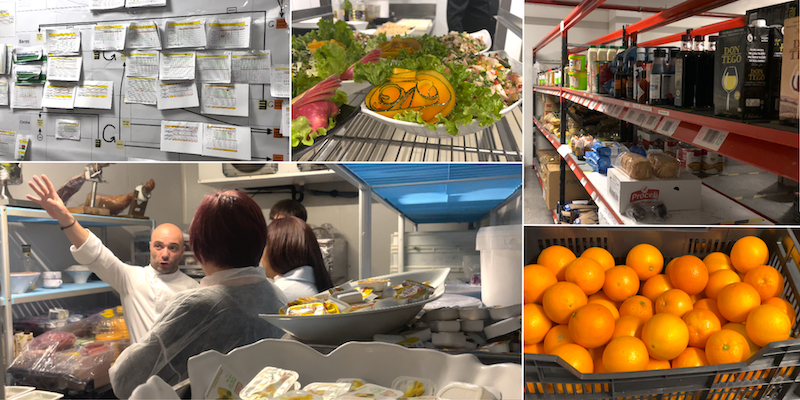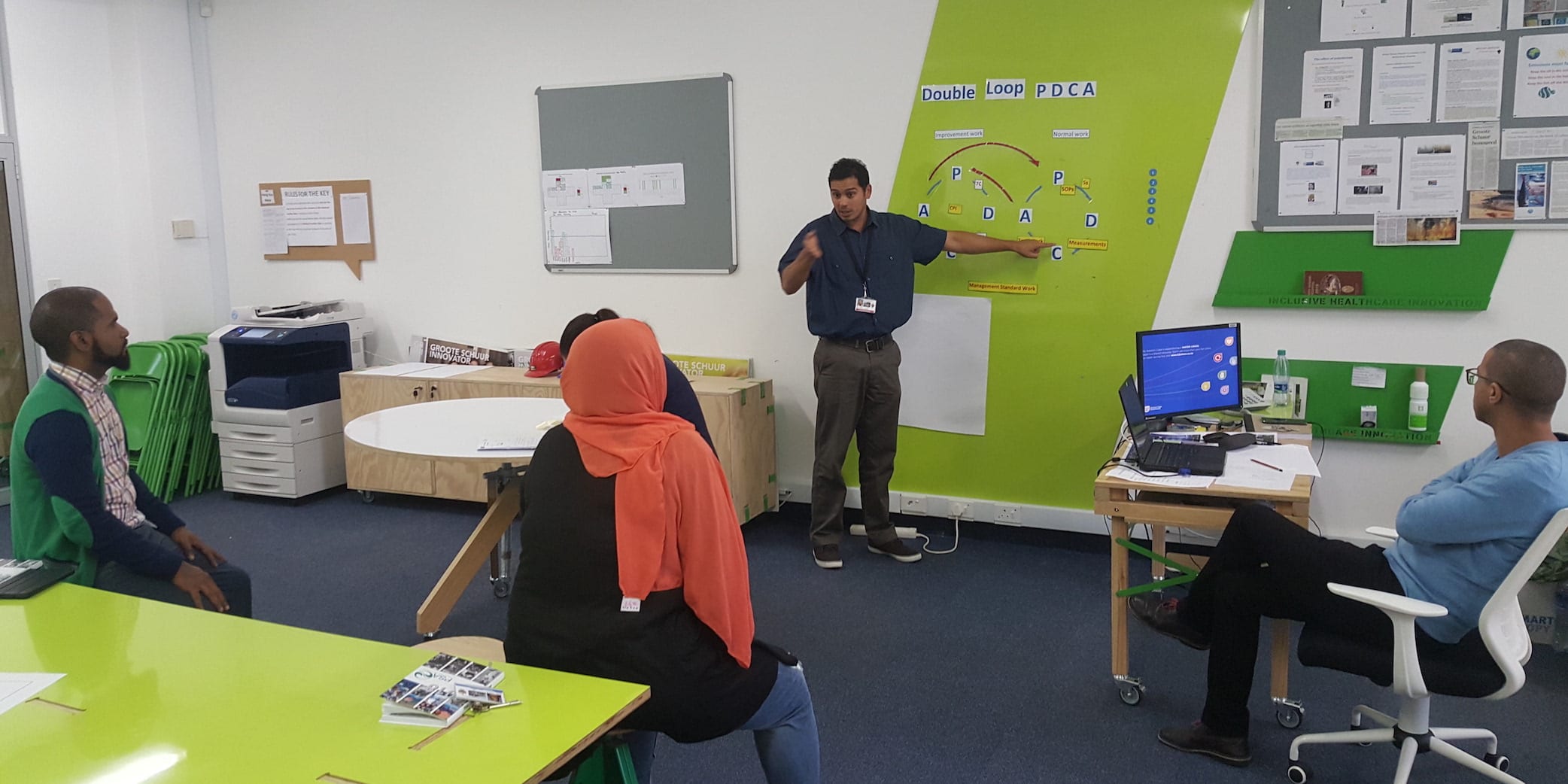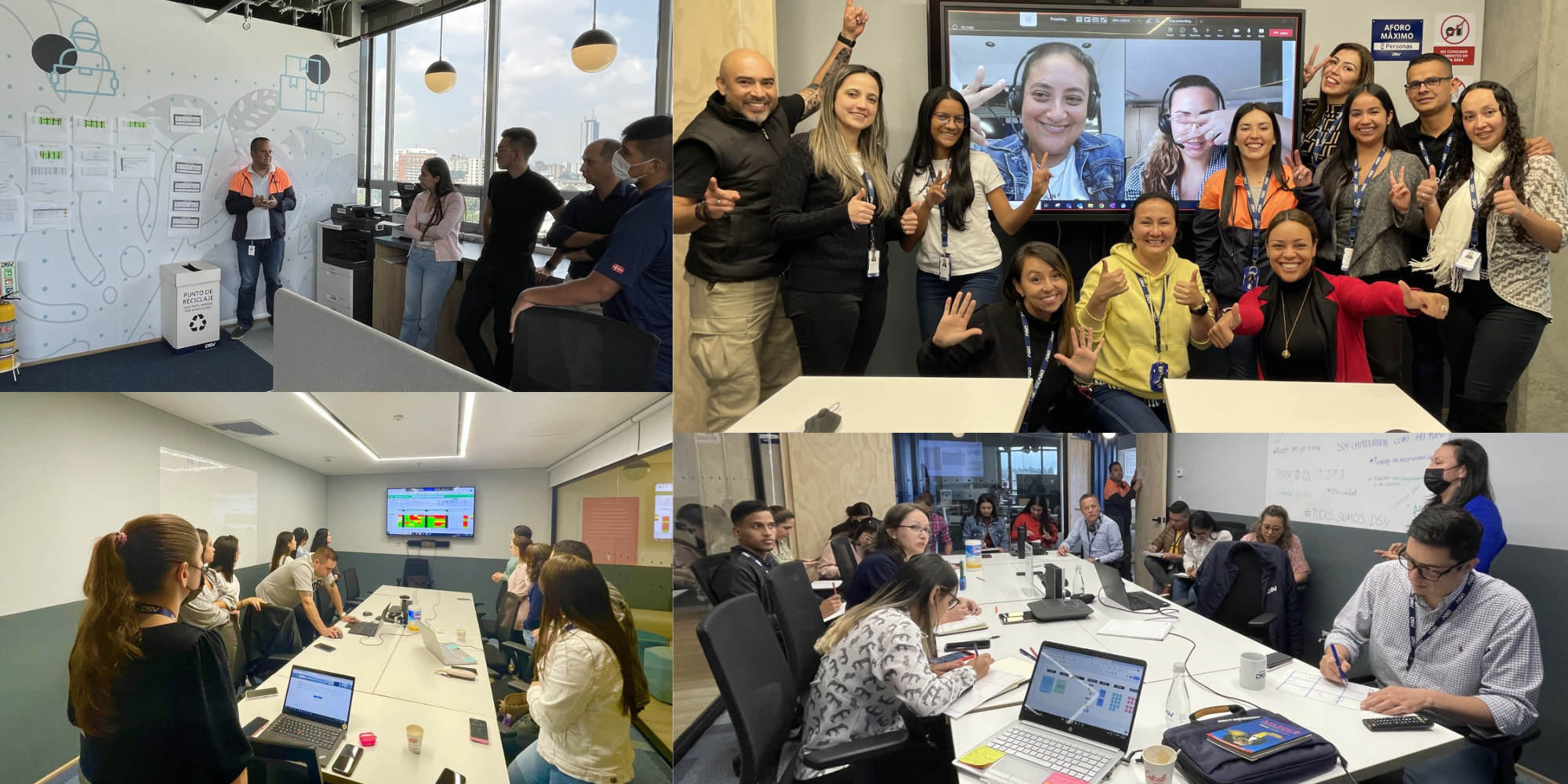
Lean enables agile scale-up at Finnish Broadcasting Company
CASE STUDY – The Finnish Broadcasting Company has been leveraging lean thinking to scale up its agile work. In the process, it has developed a greater understanding of customer value.
Words: Mirette Kangas, Head of Lean & Agile Development, Finnish Broadcasting Company (YLE)
The Internet has transformed the way in which we consume content. Whether it is the news, a movie or a TV show, today’s viewer is empowered in ways that would have been impossible to understand until just a few years ago. Take social media, for example: for many it has become the preferred way of being notified of breaking news and news commentary. Or video streaming, which has customized the viewer’s experience and made huge amounts of content available to everyone at the tap of a finger.
In the face of all this, TV has had to change, too. Broadcasters are coming to terms with the fact that an increasing percentage of the news we read, the entertainment we enjoy and the information we absorb come from the Internet –television is no longer the only and dominant vehicle for communication.
As a broadcaster, YLE is very aware of these 21st-century challenges, which we have met head on since they first appeared. Our pioneering online on-demand streaming service, for instance, YLE Areena (the Finnish equivalent of the BBC iPlayer) was launched in 2007 and, with over one million audio and video starts every day, it has built a very strong brand in Finland.
But there is more to a company’s digital transformation than a successful product. To keep innovating and pleasing the viewers of our four TV channels (and our listeners – we also have a total of nine radio stations), we have to strive to become an organization that never stops improving and learning, one that can easily and quickly adapt to changes in the market.
THE JOURNEY BEGINS
Our initial attempts to change our ways and become faster at generating value for customers focused on agile principles, which were first adopted seven years ago and still represent a core part of our strategy. We decided to start with the actual work carried out by our web developers, finding better ways to organize it and to deliver quality to our customers, and agile seemed like an obvious choice in the context of our digital transformation. We started to use its methods and ideas to improve YLE Areena.

From the very beginning, developers were actively involved and represented the real drivers of change: the use of agile spread very quickly across the Internet teams – within a couple of years all of them were using it.
Before too long, however, it became clear that the real problem was management and that agile at the development stage could only go so far. The main problem we were facing was that the traditional way of working was slowing us down. When it came to investment planning, decision-making and project management, there was a lot of waiting in our processes. Steering groups were called to make decisions on most things and, until they did, developers were unable to act in any way.
Around four years ago, I remember walking into the office of one of our directors and telling him: “We have a very serious problem. We are very agile at team level, but we always get stuck at the decision-making stage – where senior management sits!” A very interesting conversation followed, and I was positively surprised when the director asked me to prepare a blueprint for the transformation we were after. We had gotten top management support, and I can’t tell you how critical that was: it was when things started to really change, as we built on our agile efforts and introduced lean thinking in our organization.
SCALE-UP IS THE REAL ISSUE
We immediately started to work with our developers to find a way to scale up our agile ideas to the whole of YLE – to this day this is the hardest thing I have done in my career – using Dean Leffingwell’s Scaled Agile Framework as a guide to introducing the methodology across all levels of the business.
We benchmarked against the Framework in 2012, and at the same time we started to experiment with lean principles and practices – we didn’t see agile as being enough for what we wanted to achieve. The following year, we established a Roadmap Group responsible for the actualization of the plan and the gathering of input and information from across all the different departments.
We thought the best way to establish lean at YLE to improve our processes would be through experiments in the form of pilot projects (one of the most important was aimed at streamlining our investment model).
It was quite a shock for me to find out, for example, that only 25% of the time our developers spent at work over a period of six months was dedicated to actual development. When three quarters of your time are spent doing non-value added work (some of it necessary, like preparing supporting documentation, but a lot of it represented by unnecessary waiting), you ask yourself a couple of questions.
All of the decisions we took were based on a cumbersome process that involved a lot of paper and documents. The executive team (responsible for making a decision) and the operations team (eagerly awaiting a green light to get started with the work) didn’t talk to one another and were completely disconnected, which made understanding the work nearly impossible and allocating investment a very long process.
The group responsible for the decision-making would meet once a month and often wouldn’t have the time to go through all the proposals it received. There were then further levels of decision-making, and many layers of management involved. With the pilot project, we took all of that away – making the organization flatter – and started to see improvements in the way we worked and in how quickly money could be invested.

There were other pilots, of course, many of which stemmed from the A3 workshops we ran. An interesting project focused on the technical monitoring of our streaming services nationwide, while another on combining web development and operational testing (as much as DevOps is on everybody’s lips, at YLE the two functions were still disconnected).
As I look back, it is clear to me that people were not always as interested in those projects as we were hoping, although that is quite natural at the beginning. It is great to see that today they are coming to us, asking to be involved in lean improvements. It’s a sign that our culture is shifting.
When we started to build the new scaled-up model using lean as an enabler, we decided to put a lot of focus on the idea of transparency. This resulted, for example, in the creation of an online dashboard through which each and every one of the 3,000 YLE employees can immediately see what is in the Roadmap, what ideas are being developed, and what is going on at a certain moment in time.
It also meant that the way of working has changed beyond recognition. Teams now work together in front of a Portfolio Kanban wall, meeting weekly to go through all Focus Area epics (in agile jargon, this is how we call large bodies of work) and development items. Technical architects and customer analaysis professionals also join the meeting. We also use the wall to track progress on each project.
For our investment planning, instead of having countless steering groups, we now have one team that reports to the executives twice a year and makes all the necessary decisions in between using customer feedback as a compass. Top management decides on the strategy and the level of funding for each Focus Area, but it is up to the Roadmap Group to then implement that strategy together with development teams.
We have been scaling lean and agile in other areas too, not just in web development. At the moment we have lean management in several units, from Media to Marketing and Archives. We are even starting a few experiments in Creative Content (it is curious to see how difficult it is to separate content creation from web development in this day and age).
The Media Unit – which is tasked with audience insights, analytics, multi-platform planning, as well as our TV and radio channels – is an interesting example. Its work used to be completely separate from that of developers, but not anymore. Developers and Media people now join forces in front of a Portfolio Kanban, and we see this collaboration as critical for the future of the business – especially considering that TV and Internet are becoming one thing.
GOING LEAN TO SCALE AGILE

Without lean thinking, we’d have no hope of achieving our digital transformation. For it to succeed we need to develop synergies between departments and learn to work across silos, and lean is best placed to get us there. We now realize that our digital transformation is not about processes, but about people.
The methodology promotes transparency (as I mentioned, a critical element for us) and autonomy in decision-making, which in turn develop trust and unleash people’s creativity.
The improvements to the work that lean has brought have created a lot of commitment to change within YLE, and a transformed way of working in teams. For example, we have begun to pair up both web developers and graphic designers, and we encourage people to work more closely with their internal customers before they start a piece of work (this avoids costly and time-consuming reword later in the process).
There is no doubt that lean has been the enabler of our successful agile scale-up. Our developers were already familiar with agile, but it was lean thinking that allowed to reach people in other departments and to get leadership involved in the transformation.
It has also made it easier for us to talk about customer value, and how our work has a direct connection to it (for instance, we are now working hard to find better ways to engage our younger audience via social media). We have the same concept in agile, but when you work with lean you talk about cycle times, voice of the customer and waste – ideas that everybody can understand and relate to. It is something of a common language for us now.
Finally, our experiments with A3 thinking have been of great help in defining our vision and in teaching us how to focus on the important problems we face (and ideally solve them).
IT’S ALL IN THE FEEDBACK LOOPS
I like to think that everybody at YLE embraces the idea of “failing often, failing fast” but I believe it will take a while to get everybody to change their mindset. The waterfall development method has been so prevalent for so much time that the go-to behavioral pattern people follow is largely based on the belief that failure is bad and that success must be achieved as quickly as possible.
To facilitate the shift in culture that we are after (which I am sure will take us to a place where learning from failure is commonplace) I am focusing – once again – on transparency. Gemba walks, PDCA and feedback loops help our people understand that we want everybody to have access to the relevant information and that there is nothing to be feared in our attempts to create a culture where people work together and problems are seen as opportunities to improve rather than something to hide from managers. That, in my mind, is what being an adaptive organization really means.
But how do these feedback loops work? As the image below shows, we have introduced them at many levels in the organization and in different environments, as a system to measure success of a project or piece of work.

A critical way in which the loops help us at company level is in speeding up the process of translating a top management strategic decision into the creation of customer value, and in providing executives with an assessment of how successful a certain product or change was.
Within teams, feedback loops are important in understanding whether or not an item is well received by customers. Our developers publish items (in the form of small iterations and software updates for Areena, for example) 268 times in four weeks, and the loops allow them to receive instant feedback from real customers. This helps them adjust going forward.
It is clear to me that the main focus of this system of feedback loops is learning continuously. It is the ability to do so that ultimately sets you apart from the competition and makes you a successful player in the market.
A PEOPLE-CENTRIC JOURNEY
Answering a recent personnel questionnaire, YLE’s people told us that they feel happier and more committed to the organization and management than they used to, and that they feel they have possibilities to grow. All of this is very important to us, because our success hinges on the value our people provide and on how good they feel about working at YLE. I am deeply convinced that when you give to people, they give back to you.
And what lean teaches us is that people must be provided with guidance and coaching. As a leader, I need to actively develop them and support them in their growth, with humility and honesty. When someone asks me to look at their kanban board these days, I no longer comment on what I see but ask questions to understand how people are working and what is on their minds.
Our world is changing fast, and I believe that lean and agile represent a big part of the future of any organization (or at least any organization that wants to survive). Business thrives on the autonomy of its employees and on a flatter management structure that facilitates collaboration, trust and individual initiative. Thanks to lean, YLE will get there… one experiment at a time.
For a profile of Mirette Kangas, click here.
THE AUTHOR

Read more


INTERVIEW - The Food&Beverage department of the Gran Tacande Hotel in Tenerife has been using a powerful visual management tool to effectively visualize and track the variables impacting the work flow.


INTERVIEW – This cardiac laboratory in Singapore was targeting one improvement and ended up with something different, but equally impactful for its patient flow.


FEATURE – How “Double-Loop PDCA” was discovered due to a problem with implementing a lean daily management system in a South African hospital.


CASE STUDY – This transport and logistics company in Colombia has turned to Lean Thinking to become more adaptive and ensure an easier post-acquisition integration of new cultures.

